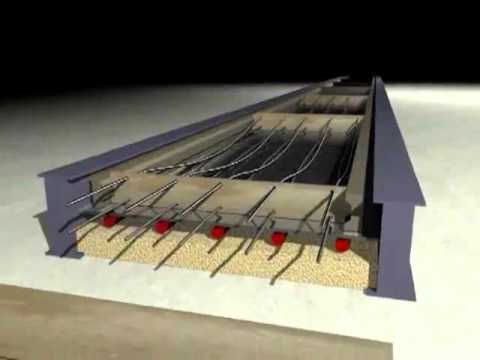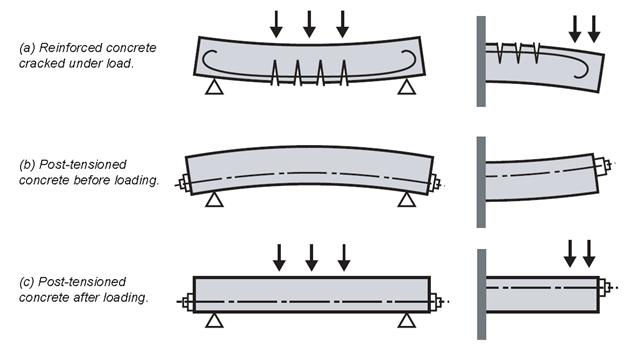ADVANTAGES AND DISADVANTAGES OF PRE-STRESSED CONCRETE
- Sonam Shivam

- Jan 17, 2017
- 1 min read

ADVANTAGES OF PRE-STRESSED CONCRETE :
1) Since, the technique of pre-stressing eliminates cracking of concrete under all stage of loading, the entire section of the structure takes part in resisting the external load.
2) Since, concrete does not crack, the possibility of steel to rust and concrete to deteriorate is minimized.
3) Absence of cracks result in higher capacity of structure to bear reversal of stresses, impact, vibration and shock.
4) In pre-stressed concrete beams, dead loads are practically neutralized. The reactions required are therefore, much smaller than that required in reinforced concrete. The reduced dead wt. of structure results in saving in the cost of foundations.
5) The use of curved tendons and pre-compression of concrete helps to resist shear.
6) The quantity of steel required for pre-stressing is about 1/3 of that required for reinforced concrete.
7) In prestressed concrete, beams have usually low deflection.
8) This saves in cost of shuttering and centering for large structures.
9) It is possible to construct large size liquid retaining structures with prestressing concrete.
10) Prestressed concrete can be used with an advantage in all those structures where tension develops, such as railway sleepers, electric poles, u/s side of gravity dams.
DISADVANTAGES OF PRE-STRESSED CONCRETE :
1) It requires high quality dense concrete of high strength. Perfect quality control in production, placement & compaction is required.
2) It requires high tensile steel, which is 2.5 to 3.5 times costlier than mild steel.
3) It requires complicated tensioning equipments and anchoring devices, which are usually covered under patent rights.
4) Construction requires perfect supervision at all stages of construction.


















Comments